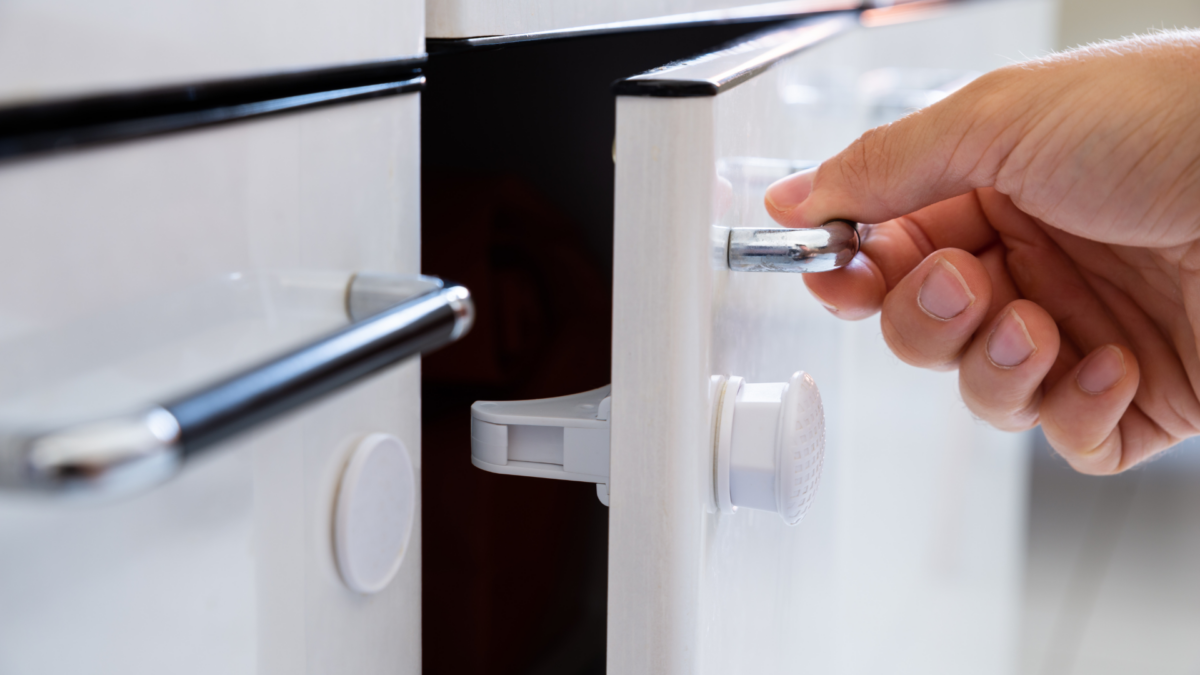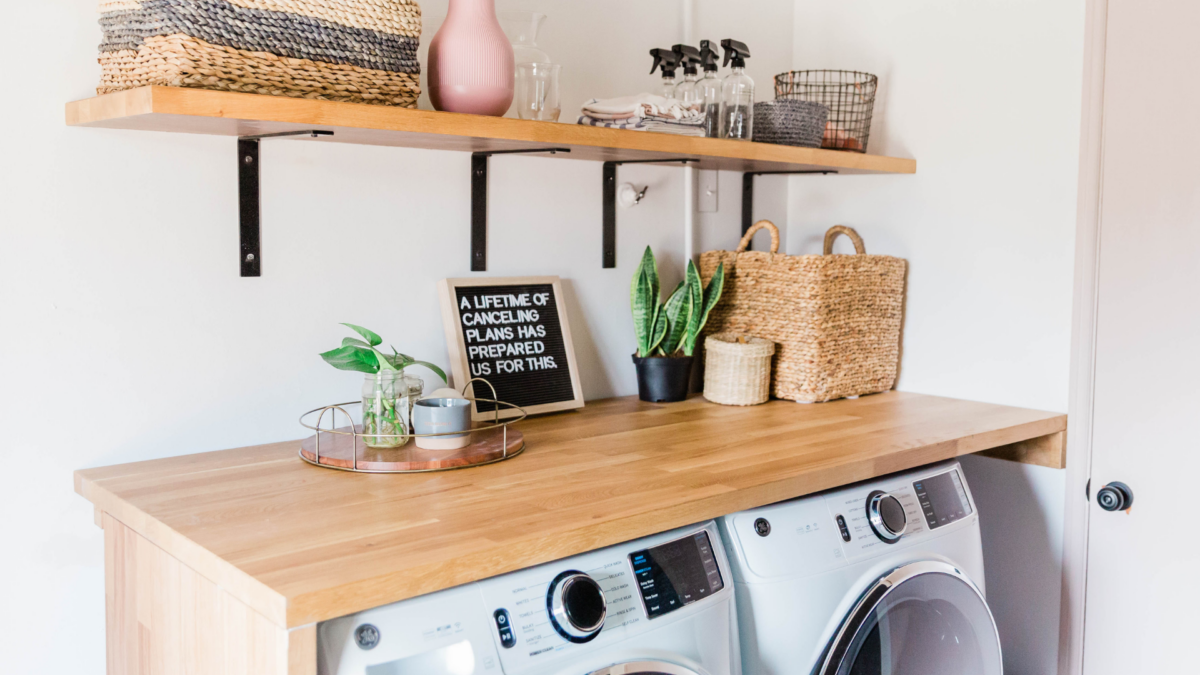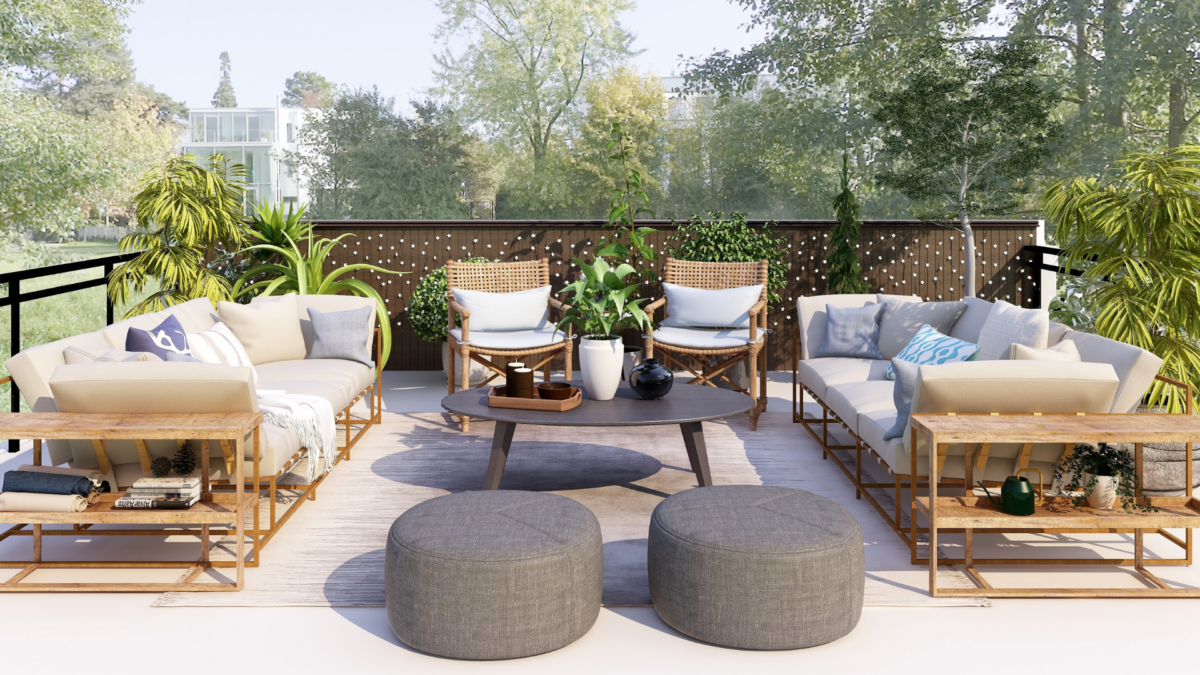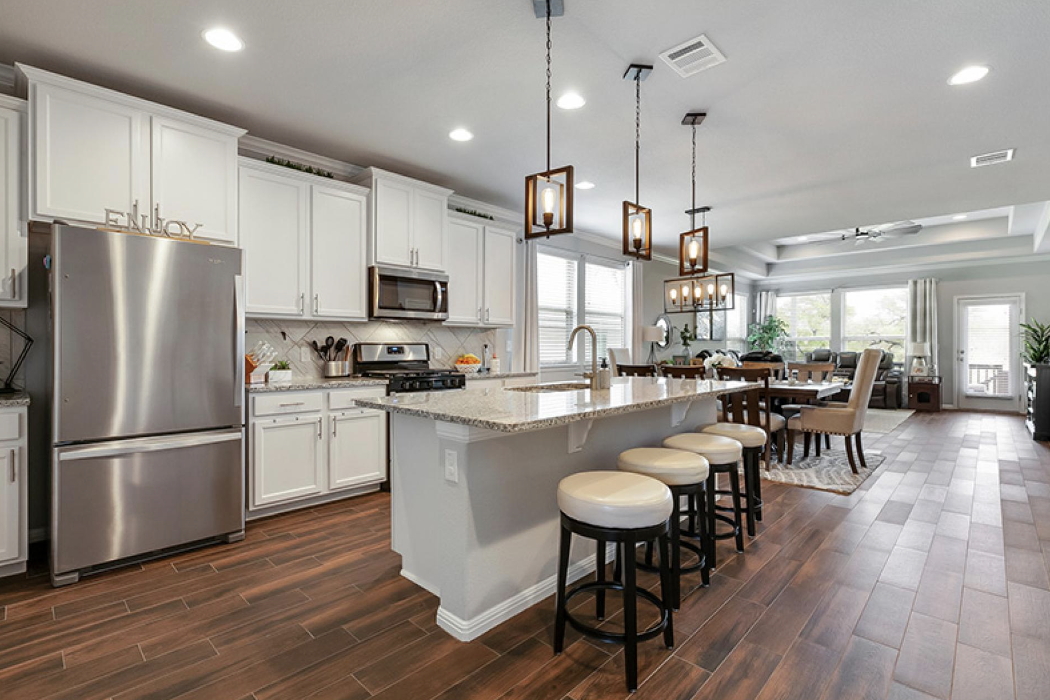Buying a house is a major financial decision, regardless of what’s going on in the housing market. Nevertheless, buying a home in 2024 is a different animal than it was even a few years ago.
While there is some not-so-great news for homebuyers in 2024, there are bright spots on the horizon, too.
Market Trends
While 2023 was marked by high prices and high interest rates, there could be light at the end of the tunnel in 2024, according to experts. “Mortgage rates should trend lower throughout the year as inflation pressures ease…,” Greg McBride, CFA, chief financial analyst for Bankrate, said.
Unfortunately, the number of available homes is still low, and home prices are not expected to drop in 2024. Lawrence Yun, the chief economist with the National Association of Realtors, said there’s only a 3.2-month supply of homes on the market, whereas a balanced market has enough homes for a five to six-month supply. However, other experts disagree and predict home inventory will increase in 2024, so be patient and keep your ear to the ground!
Home Buyer Strategies
Even though it’s a tough market for homebuyers in 2024, all hope is not lost. Some good strategies can still help a savvy homebuyer find their dream home in 2024.
- Keep an eye on interest rates. They’ve been declining since October and are expected to continue a trend downward.
- Consider virtual tours. If you’re open to a virtual tour, this could buy you some time to make a fast offer rather than waiting to see a home in person.
- Shop in the winter or fall months. Spring and summer tend to have more inventory, but fall and winter months tend to have fewer bidders and potentially lowered sales prices.
Important Considerations
There are some things – like buying in a good location – that will always be a smart move, no matter the market trends. Before you go about picking out new furniture and interior paint colors, consider these important factors.
Affordability. How much house you can afford is a paramount question. A safe rule of thumb is a monthly mortgage payment that’s no more than 25% of your take-home income.
Home buyers should also factor in the cost of utilities in the area, as well as any HOA fees, needed home repairs, and general maintenance.
Consider the neighborhood and school district. A safe neighborhood with good schools is a significant factor that not only impacts the price you’ll pay for a home but your home’s value when it comes time to sell as well.
Crosswinds Benefits
With low inventory frustrating many potential home buyers, experts are highlighting the benefits of buying a new home. “With the crazy lack of inventory still causing headaches in the market, building a home becomes an attractive option, and with spec homes and semi-custom-building options,” Nick Bailey, president of RE/MAX, said.
Crosswinds offers a range of both completed and soon-to-be-completed new homes by some of the best builders in the country, many with customizable home options.
Not only are the homes in the Crosswinds built with the latest designs in home construction innovation, but residents can enjoy resort-like amenities, and the community feeds into a great school district.
If you’re ready to find your perfect home in 2024, reach out today to learn more about the amazing master-planned Crosswinds community.









